In this tutorial, you will learn how to develop a web application with Django. The first part includes the steps to install the basic tools for application development.
0. Github repository of the project
https://github.com/openescuela/opsadjangoblog/tree/main/tuto1
1. Project creation
$ mkdir myprojectdir
$ cd myprojectdir
$ virtualenv myenv
$ source myenv/bin/activate
$ (myenv) pip install django
$ (myenv) django-admin startproject mysite .
$ (myenv) django-admin startapp blogs .
2. Project configuration
mysite/settings.py
.
.
.
INSTALLED_APPS = [
'django.contrib.admin',
'django.contrib.auth',
'django.contrib.contenttypes',
'django.contrib.sessions',
'django.contrib.messages',
'django.contrib.staticfiles',
'blogs', # new
]
.
.
.
3. Creating a view
In views.py add the following code :
blogs/views.py
from django.shortcuts import render
from django.http import HttpResponse
def index(request):
return HttpResponse("Hello world !")
4. Creating an url file
In the blogs application directory create a new file named urls.py and add the following code to it
blogs/urls.py
from django.urls import path
from . import views
urlpatterns = [
path('', views.index, name='index')
]
5. Add the application urls to the url patterns of the project
Add the following code in the urls.py file of the mysite directory
mysite/urls.py
from django.contrib import admin
from django.urls import path, include
urlpatterns = [
path('blog/', include('blogs.urls')),
path('admin/', admin.site.urls),
]
6. Start the server
python manage.py runserver
7. Go to the browser
Insert the localhost address : 127.0.0.1:8000/blog/

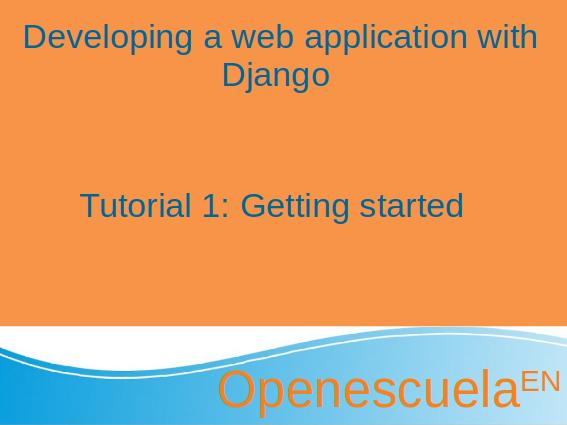
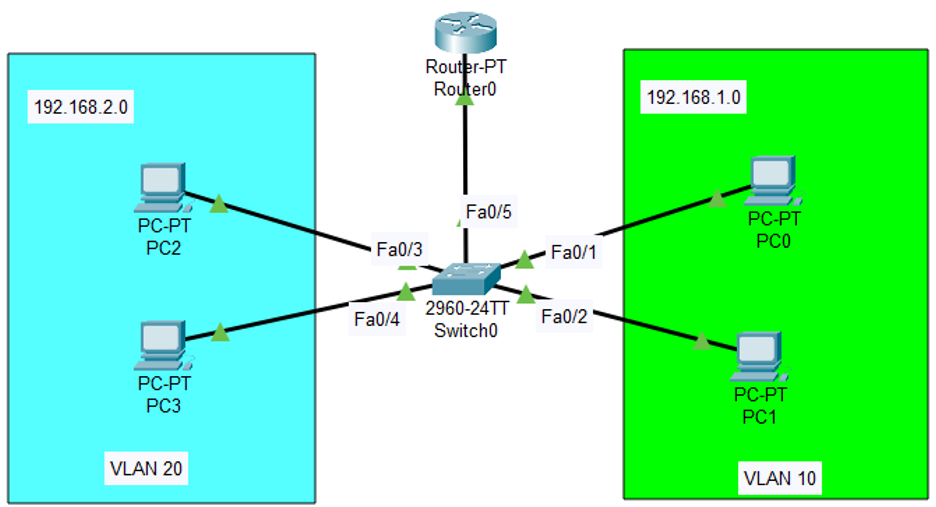


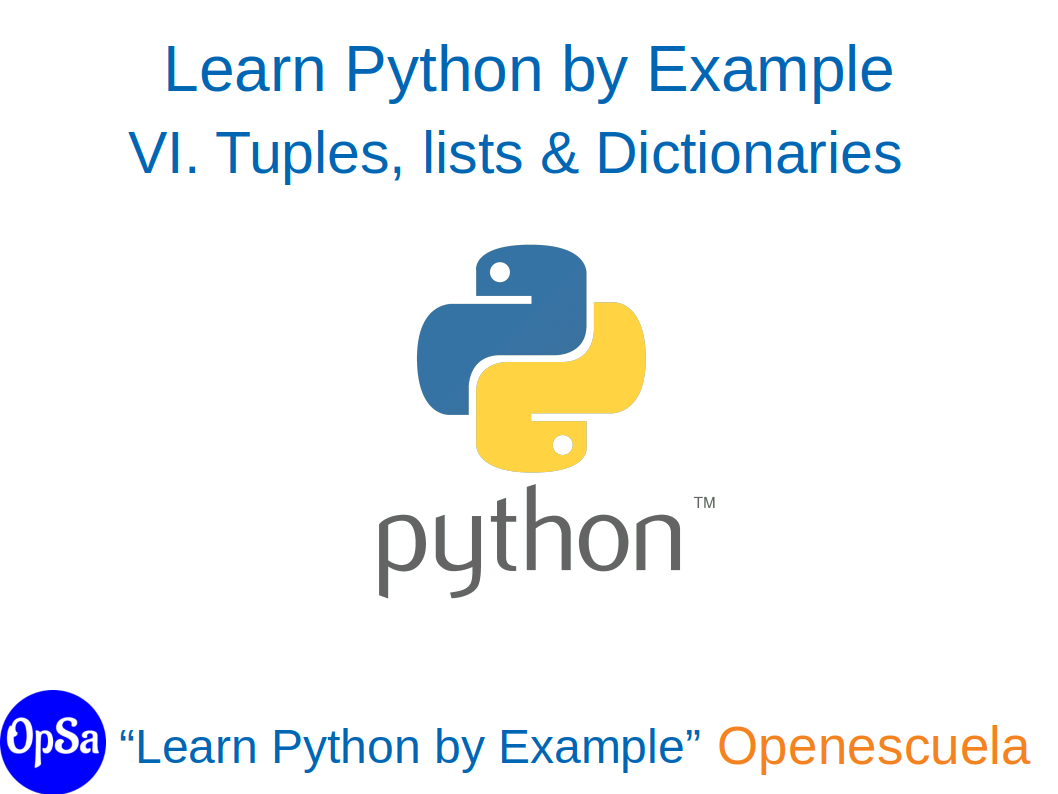
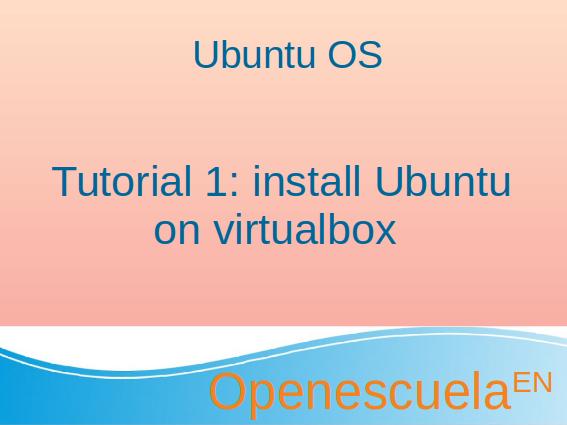
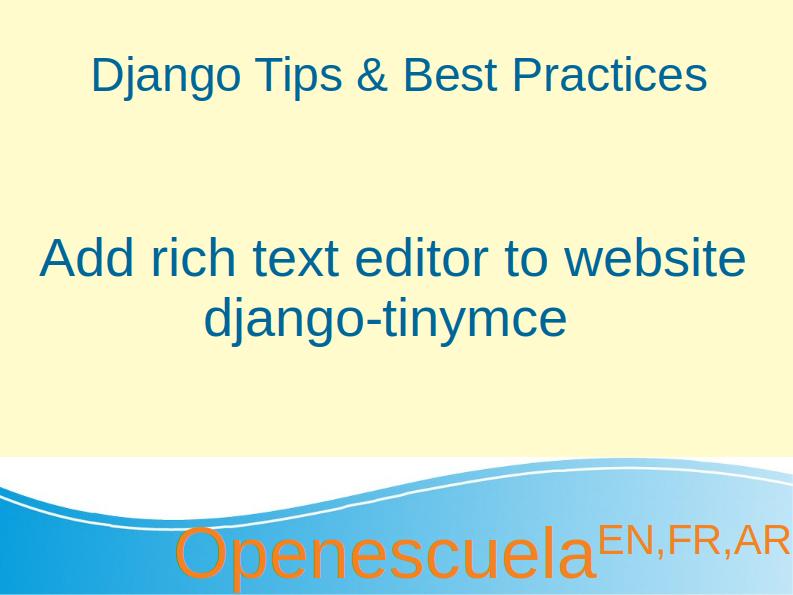
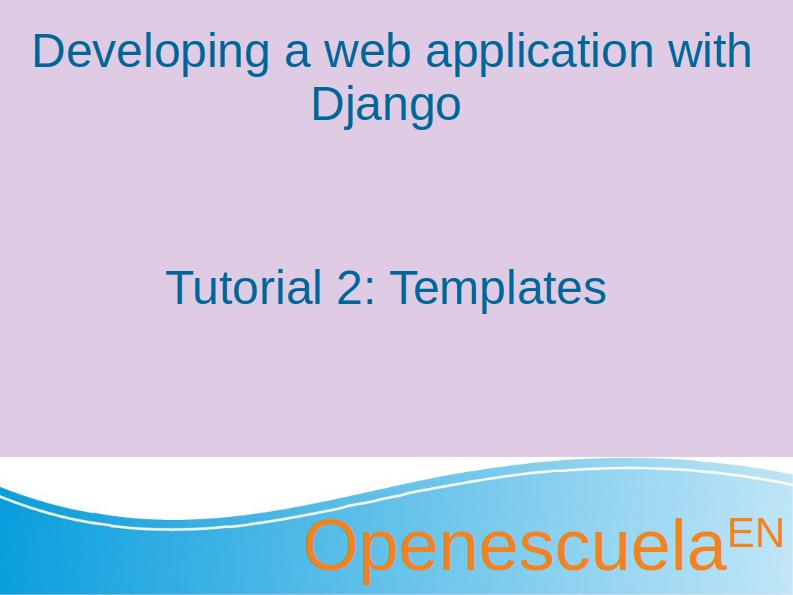
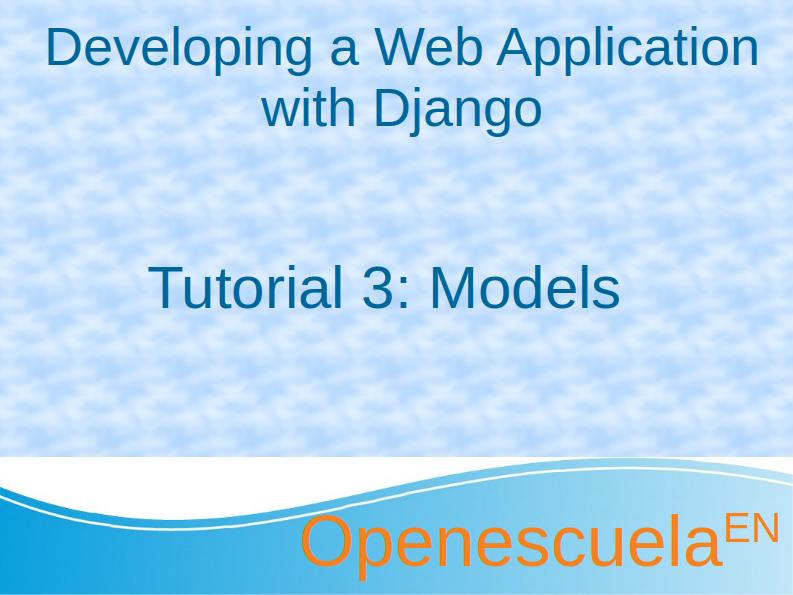
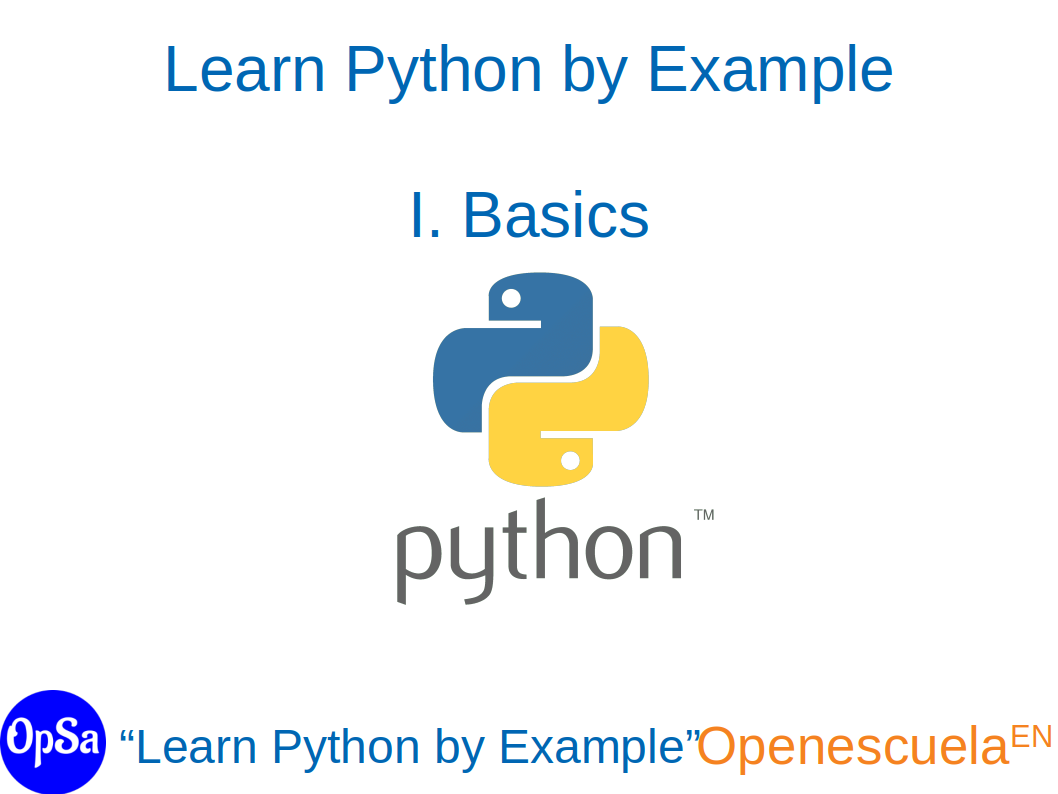
0 comment